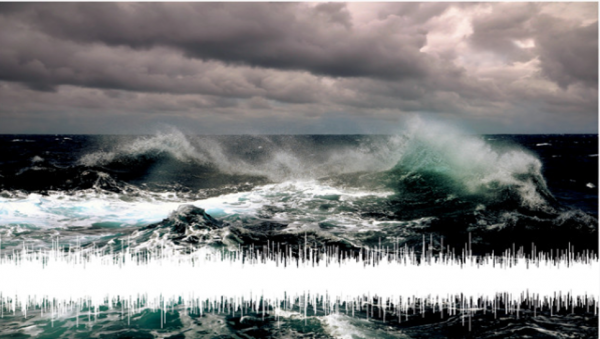How Global Warming Shakes the Earth: Multi-Decadal Global Microseism History and Ocean Wave Climate
Rick Aster
Colorado State University

- Date & Time
- Location
- Online seminar via Microsoft Teams
- Host
- Robert Anthony
- Summary
The long-period seismic background microseism wavefield is a globally visible signal that is generated by the incessant forces of ocean waves upon the solid Earth and is excited via two distinct source processes. Extensive continuous digital seismic data archives enable the analysis of this signal across nearly four decades to assess trends and other features in global ocean wave energy. This seminar considers primary and secondary microseism intensity between 4 and 20 s period between 1988 and late 2024. 73 stations from 82.5 deg. N to 89.9 deg. S latitude with >20 years of data and >75% data completeness from the NSF/USGS Global Seismographic, GEOSCOPE, and New China Digital Networks. The primary microseism wavefield is excited at ocean wave periods through seafloor tractions induced by the dynamic pressures of traveling waves where bathymetric depths are less than about 300 m. The much stronger secondary wavefield is excited at half the ocean wave period through seafloor pressure variations generated by crossing seas. It is not restricted to shallower depths but is sensitive to acoustic resonance periods in the ocean water column. Acceleration power spectral densities are estimated using 50%-overlapping, 1-hr moving windows and are integrated in 2-s wide period bands to produce band-passed seismic amplitude and energy time series. Nonphysical outliers, earthquake signals, and Fourier series seasonal variations (with a fundamental period of 365.2422 d) are removed. Secular period-dependent trends are then estimated using L1 norm residual-minimizing regression. Increasing microseism amplitude is observed across most of the Earth for both the primary and secondary microseism bands, with average median-normalized trends of +0.15 and +0.10 %/yr, respectively. Primary and secondary band microseism secular change rates relative to station medians correlate across global seismic stations at R=0.65 and have a regression slope of 1.04 with secondary trends being systematically lower by about 0.05 %/yr. Multiyear and geographically extensive seismic intensity variations show globally observable interannual climate index (e.g., El Niño–Southern Oscillation) influence on large-scale storm and ocean wave energy. Microseism intensity histories in 2-s period bands exhibit regional to global correlations that reflect ocean-basin-scale teleconnected ocean swell, long-range Rayleigh wave propagation, and the large-scale reach of climate variation. Global secular intensity increases in recent decades occur across the entire 4 – 20 s microseism band and progressively greater intensification at longer periods, consistent with more frequent large-scale storm systems that generate ocean swell at the longest periods.
Closed captions are typically available a few days after the seminar. To turn them on, press the ‘CC’ button on the video player. For older seminars that don’t have closed captions, please email us, and we will do our best to accommodate your request.
 Jump to Navigation
Jump to Navigation